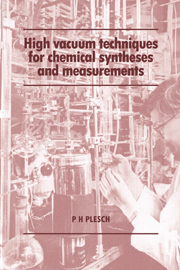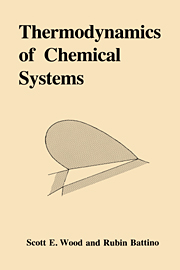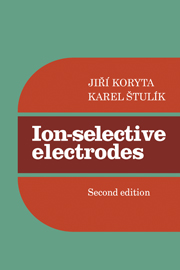High Vacuum Techniques for Chemical Syntheses and Measurements
This 1989 book describes the physico-chemical principles of the high vacuum techniques used by chemists. It is a guide to the choice of suitable equipment, the methods of constructing the systems, and the ways of using them. Professor Plesch's book is the only up-to-date work on the type of high vacuum systems (HVS) used by chemists and it is the first ever to describe in detail the actual construction, manifold uses, method of operation, and final dismantling of an HVS. It includes descriptions of a very wide range of devices for making measurements (conductivity, spectra, kinetics, etc.) in vacuum. The author draws on over 40 years of his own experiences and those of others in many parts of the world, and many of the tricks and gadgets have not been published before. The book will be an essential companion on the bench of every chemist involved in the synthesis of, or measurements on, air-sensitive compounds.
Reviews & endorsements
"...a very useful addition to the bookshelf and one which, by advocating simplicity of operation, will give the reader confidence to use high vacuum systems in dealing with air-sensitive compounds..." Chemistry in Britain
Product details
July 1989Hardback
9780521257565
184 pages
235 × 152 × 15 mm
0.375kg
63 b/w illus. 8 tables
Available
Table of Contents
- 1. Fundamentals
- 2. The main vacuum line
- 3. Appliances and procedures
- 4. Purification, including drying
- 5. Doing chemistry with high vacuum systems.






